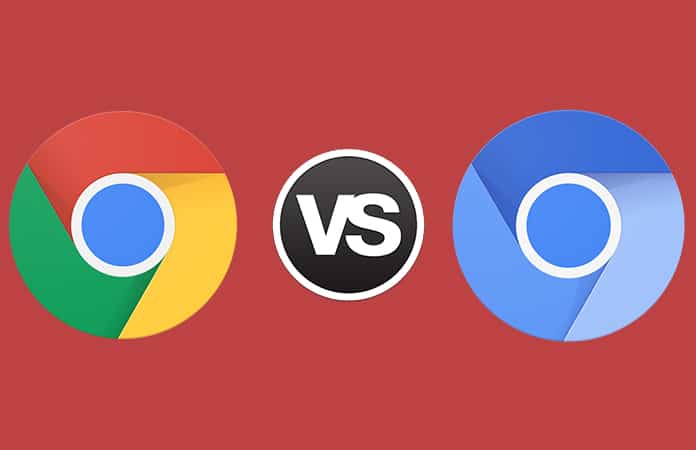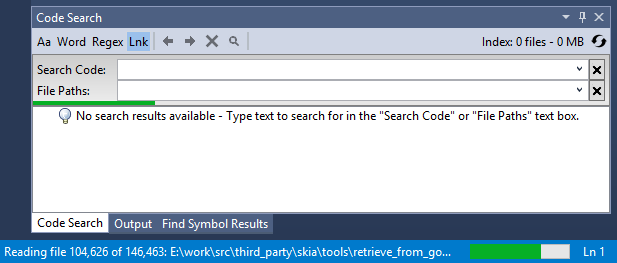
This is the only way to get the most modern version of Flash on Linux. Adobe Flash (PPAPI). Chrome includes a sandboxed Pepper API (PPAPI) Flash plug-in that Google automatically updates along with Chrome.Related: Using Firefox on Linux? Your Flash Player is Old and Outdated! Both browsers include the basic, free codecs: Opus, Theora, Vorbis, VP8, VP9, and WAV. AAC, H.264, and MP3 Support. Chrome includes licensed codecs for these proprietary media formats, giving you acess to a wider variety of media content-particularly sites using HTML5 video to stream H.264 videos.Specifically, Google takes Chromium and then adds the following: What Chrome Has That Chromium Doesn'tĬhrome is based on Chromium, but Google adds a number of proprietary, closed-source bits to their Chrome browser that Chromium lacks. Google also took a similar approach with the Chromium OS, which is an open-source project that forms the basis for their own Chrome OS-the operating system that runs on Chromebooks. The biggest difference between the two browsers is that, while Chrome is based on Chromium, Google also adds a number of proprietary features to Chrome like automatic updates and support for additional video formats.
#Chromium vs chrome vs chromixium code#
That open-source code is maintained by the Chromium Project, while Chrome itself is maintained by Google.



When Google first introduced Chrome back in 2008, they also released the Chromium source code on which Chrome was based as an open-source project.


 0 kommentar(er)
0 kommentar(er)
